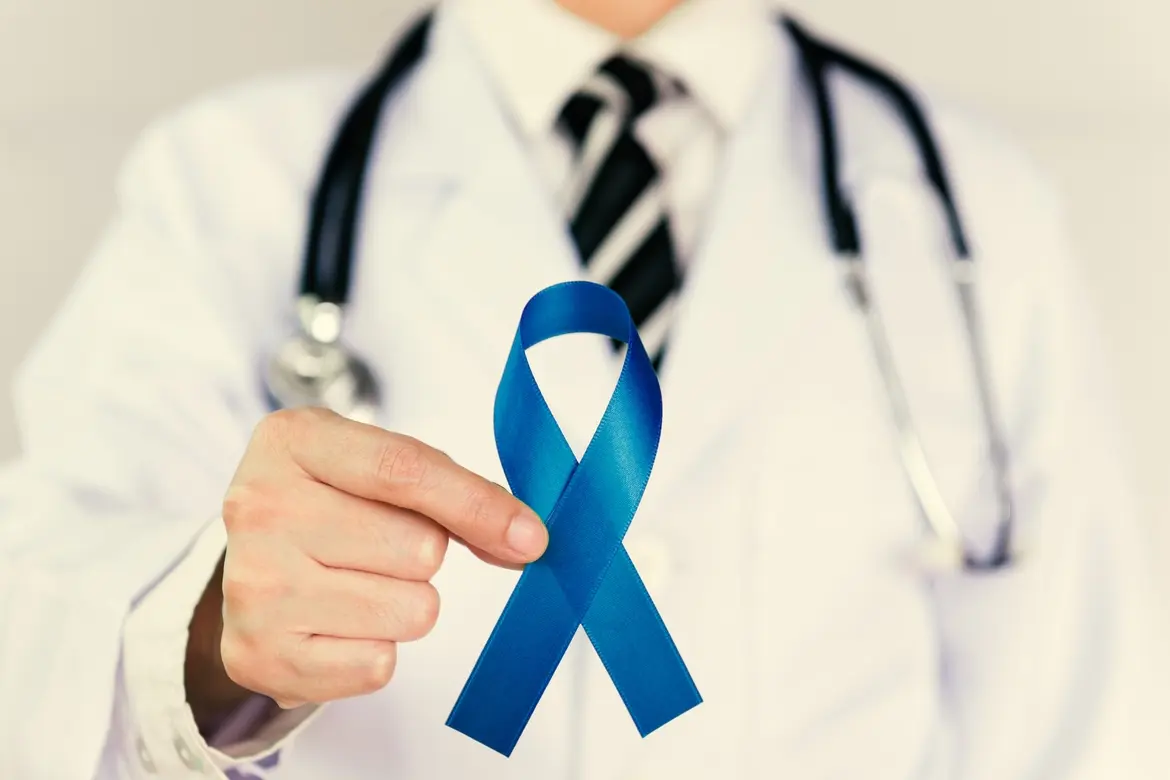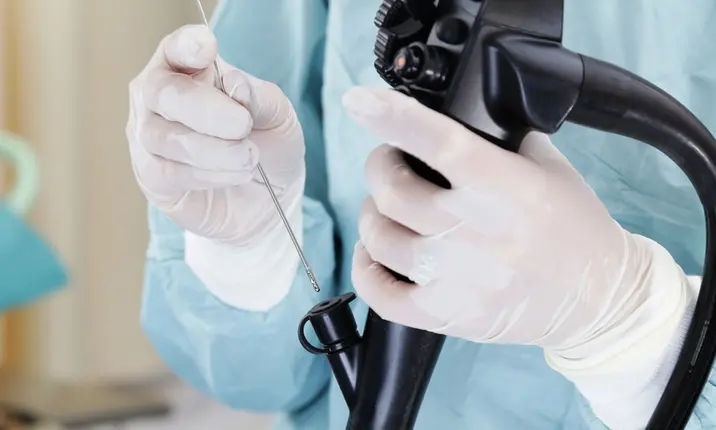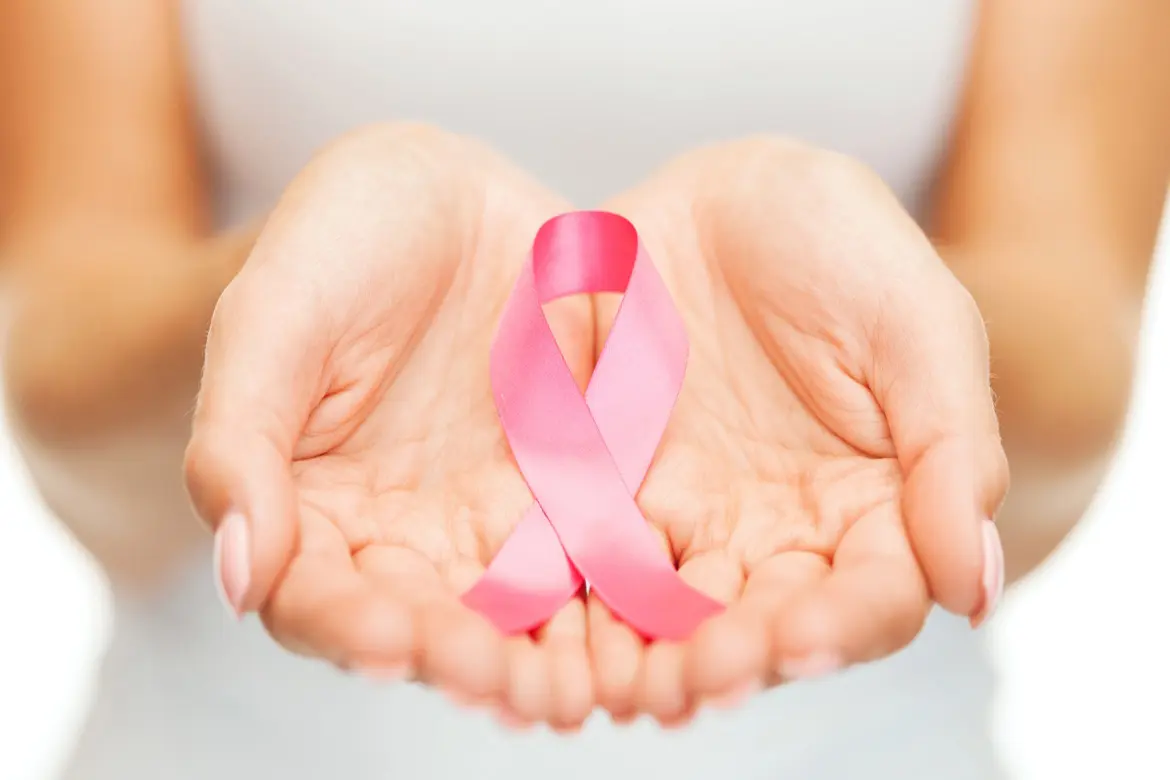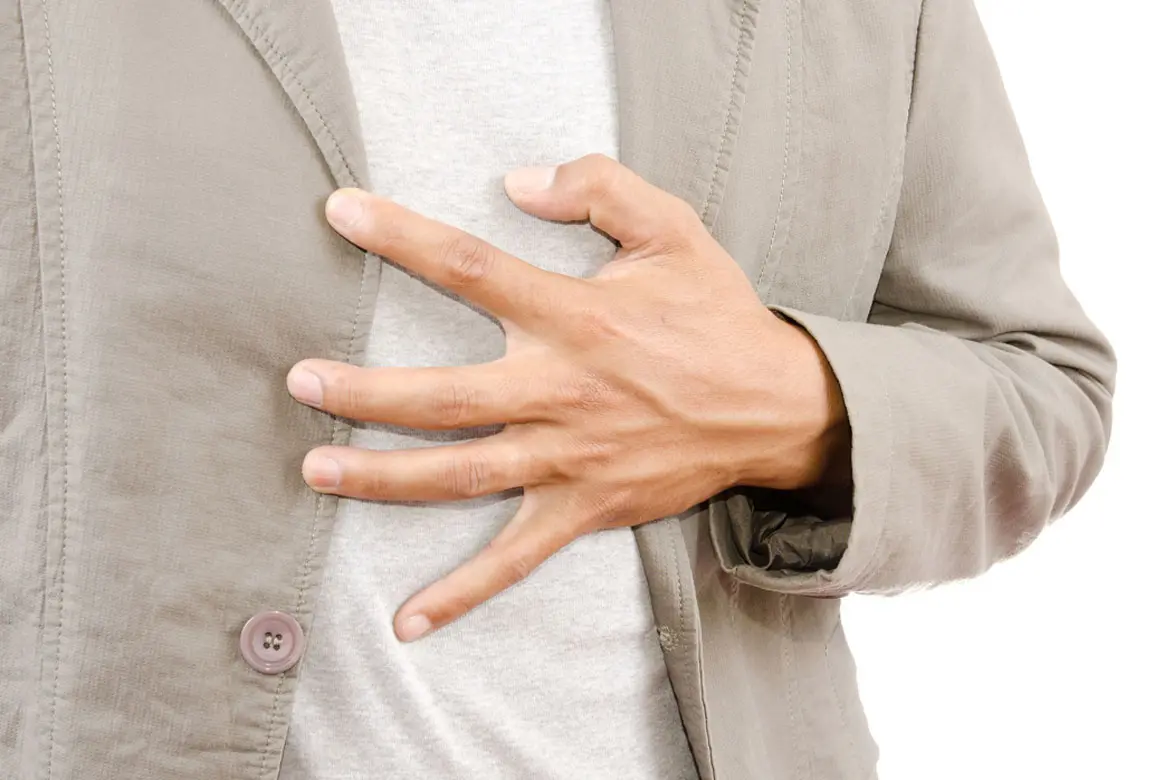

Source: Shutterstock
The Bleeding Bottom: Is It Piles or Colorectal Cancer?
Last updated: Wednesday, November 18, 2020 | 2 min reading time
Blood in the stools can be alarming, and an indication of something more serious like colorectal cancer, the most common cancer in Singapore.
Haemorrhoids and colorectal cancer
Haemorrhoids (piles) and colorectal cancer are very different conditions, but they can both produce blood in the stools, according to Dr Mark Wong, general surgeon at Mount Elizabeth Novena Hospital.
Similar symptoms between haemorrhoids and colorectal cancer
Rectal bleeding
Both haemorrhoids and colorectal cancer can cause rectal bleeding. They may be noticed when you wipe with a toilet paper or in your stool after a bowel movement. Blood coming from haemorrhoids is usually bright red while blood from cancer in the rectum and colon is usually darker red in colour.
Rectal and anal itching
Rectal and anal itching can be present in both haemorrhoids and rectal cancer. It is caused by mucus and stool that irritate the sensitive skin around the anus. The itchiness may worsen at night.
Lump in the anus
A lump at the anal opening may be noticed when you have large haemorrhoids or rectal cancer. The lump may be hard and painful.
Differences in symptoms between haemorrhoids and colorectal cancer
Change in bowel habits
A change in bowel habits is a common warning sign of colorectal cancer. This may include changes to the frequency of your normal bowel movements, or the consistency (hard, soft) and caliber (narrow and pencil-thin) of the stool.
Abdominal discomfort
Colorectal cancer can cause persistent abdominal pain or discomfort, in the form of bloating and cramps, which may suggest impending blockage of the intestines.
Unexplained weight loss
People with colorectal cancer, like most other cancers, may experience unexplained weight loss.
Feeling of incomplete bowel emptying
People with colorectal cancer sometimes may feel that they want to pass stools even though their bowels are empty. This is usually due to the cancer in the rectum mimicking stool, which in this case cannot be passed out.
Weakness or fatigue
Fatigue is a common symptom of cancer. Additionally, bleeding in the intestinal tract can cause anaemia, which also result in fatigue and weakness.
Anal and rectal pain
The presence of pain is more often related to large congested haemorrhoids. Colorectal cancer is often painless, but when in advanced stages, cancer can also result in pain due to the size and invasion to surrounding organs.
What are haemorrhoids?
Haemorrhoids, or piles, as they are more commonly known, are normal structures in the anus, comprising mainly blood vessels that help to preserve continence and prevent our stools from leaking.
Haemorrhoidal disease
They start to become bothersome when they swell, and this may result in bleeding, pain and itching. This is termed haemorrhoidal disease.
Symptoms of haemorrhoids
Most people will experience such problems at some point in their lives either due to:
- Straining on the toilet because of constipation
- Bouts of diarrhoea
- During pregnancy
- Result of poor toileting habits such as sitting on the toilet bowl for too long (often more than 10 minutes at a time)
When should I be concerned about colorectal cancer?
There are certain 'red flag' symptoms which could suggest that bleeding from the bottom may be due to a more serious condition like cancer.
Symptoms of colorectal cancer
- Signs of ongoing blood loss, where you become pale, tired and breathless with minimal exertion such as simply walking on flat ground
- A significant loss of weight and appetite
- Passage of mucus and pain when opening your bowels
- Passage of narrow or pencil-thin stools
- Changes in bowel habits like alternating constipation and diarrhoea
You should always seek medical attention early when there is bleeding from below, especially when it is accompanied by the symptoms mentioned above, as the treatment and outcomes of piles and cancer are vastly different.
A colonoscopy is the gold standard of checking the colon and rectum to confirm the cause of bleeding as it is accurate and also allows for a biopsy to confirm any abnormality. Furthermore, polyps can be removed which can prevent cancer from forming. A colonoscopy can save your life.
Learn more about colonoscopy and make an appointment with a doctor to find out more.
How are haemorrhoids treated?
Treatment of hemorrhoids comprises of 3 aspects: lifestyle modifications, medications and surgery. Treatment should be individualised and, depending on the severity of symptoms, surgery is not always needed.
Treatment is aimed at reducing the swelling and returning the piles to their normal size and position in the anus and not removing them entirely, because doing so would cause the patient to have stool incontinence.
An important factor for the success of any treatment lies in identifying the underlying cause and triggers for the bleeding and ensuring this is corrected.
Lifestyle changes
Lifestyle modifications include relief from constipation or diarrhoea, ensuring you do not strain excessively or sit for too long on the toilet bowel (usually not more than 10 minutes).
Remember, do not sit on the toilet bowl to wait for stool, only go when there is already an urge. Also, you do not need to move your bowel daily, as the normal bowel pattern can range anywhere between 3 times per day to once in 3 days.
Medication
Medications usually consist of Daflon to reduce swelling as well as either stool softeners when constipated, or fibre supplements to increase stool bulk when stools are loose.
Surgery
Only when the above measures fail or when symptoms are severe at the onset (eg. severe pain, swelling or bleeding) is surgery needed.
The type of surgery should be tailored based on the symptoms of the piles, which can include cutting, sealing or stapling the swollen haemorrhoidal tissue.
How is colorectal cancer treated?
In the majority of cases, the most effective treatment for colorectal cancer is surgery. If detected early, colorectal cancer in the early stages has very promising cure rates.
Minimally invasive surgery
Nowadays, keyhole or minimally invasive surgery (laparoscopic or robotic) is regarded as the standard of care. This allows us to remove the colorectal cancer more effectively through smaller incisions, potentially resulting in smaller wounds, less pain and a quicker recovery for the patient.
Other treatments include chemotherapy and radiotherapy, but this is generally reserved for more advanced cancers that have spread beyond the colon and rectum.
Chemotherapy
Chemotherapy may be administered in several ways to treat colorectal cancer:
- Neoadjuvant chemotherapy is used before surgery to shrink a tumour so that the surgeon can remove it completely with fewer complications. This usually refers to cases of advanced rectal cancer.
- Adjuvant chemotherapy is given after surgery to remove a tumour to kill any remaining cancer cells that cannot be seen that may still be circulating in the body. This is usually for more advanced cases of colon and rectal cancer.
- Palliative chemotherapy is given when colorectal has spread to other parts of the body. It is aimed at easing symptoms (such as pain) and improving quality of life.
There are many types of chemotherapy drugs available. Sometimes, 2 or more are given in combination. They may be administered as a tablet or through a drip, or in combination, and are usually given in cycles of 2 or 4 weeks.
Radiotherapy
Radiotherapy refers to treatment using high energy X-rays and electron beams being targeted at certain spots on the body to kill cancer cells.
To learn more about piles and colorectal cancer, consult a doctor to learn about the treatments available.
The improvement on your quality of life can be dramatic, so it's important to prioritise treatment if you need it.
Hemorrhoids vs. Colorectal Cancer: Comparing Symptoms (2019, April 26) Retrieved October 27, 2020, from https://www.healthline.com/health/can-hemorrhoids-cause-cancer#differences
Colorectal Cancer. (2020, September 17) Retrieved November 18, 2020, from https://www.webmd.com/colorectal-cancer/guide/colorectal-polyps-cancer#4-10
Chemotherapy for Colorectal Cancer. (2019, November 10) Retrieved November 18, 2020, from https://www.webmd.com/colorectal-cancer/chemotherapy#2
Colorectal Cancer. (2020, September 17) Retrieved November 18, 2020, from https://www.webmd.com/colorectal-cancer/guide/colorectal-polyps-cancer#4-10
Chemotherapy for Colorectal Cancer. (2019, November 10) Retrieved November 18, 2020, from https://www.webmd.com/colorectal-cancer/chemotherapy#2
 Brain & Spine Care
Brain & Spine Care









